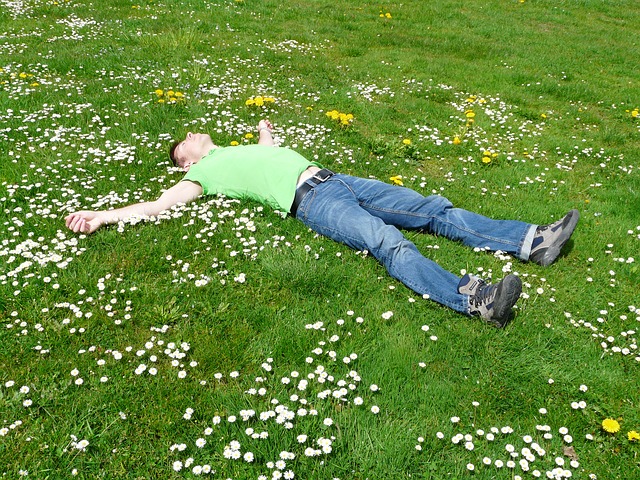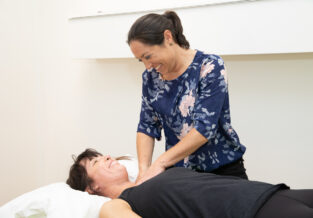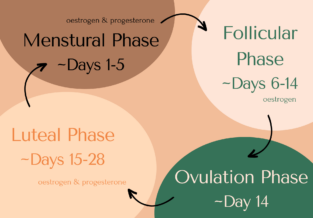How to handle stress: 6 tips the top athletes use.
Published on
23 May 2016

Call us on: (03) 9975 4133
With the annual Mind Body Spirit Festival coming up in June, Kirstie Tyson looks into six techniques that top athletes use to channel stress positively.
As Australia’s largest health, wellbeing and natural therapies event, the Mind Body Spirit Festival attracts over 200 exhibitors to Melbourne’s Convention and Exhibition Centre. Taking place from the 10th to the 13th of June, the festival covers everything holistic and healthy.
After reading over the event website and looking at some of the seminar topics, I came to a conclusion.
In today’s world, many of us suffer from the much-discussed (but often misunderstood) affliction of ‘stress’.
What is stress?
Stress itself isn’t a bad thing per se. It’s actually a key part of the body’s natural response to the various situations we encounter throughout any given day.
There are both positive and negative stressors that our body reacts to in different ways. Think of stress as a small burst of energy we can use to help cope with important or challenging situations.
When channelled positively, stress can help you achieve all of your daily chores. It can energise you to get on top of a to-do list, or provide extra focus for a difficult task. Stress can be particularly beneficial during sporting pursuits, and it is essential in the fight or flight system response that empowers us to navigate potentially dangerous or threatening scenarios.
However, if we become overwhelmed with the thoughts, ideas and emotions that can accompany stress, our performance will inevitably suffer – in a professional, social and sporting context.
In fact, negative stress can even be a driver for many of the overuse injuries we commonly see in clinic.
Whether you’re a competing athlete or a weekend warrior, it’s important to learn strategies and ensure you don’t get overwhelmed. Here’s a list of six easy ways to manage stress – as used by some of the top athletes in the world.
Techniques for managing stress.
1. Get active
How many times per day do you hear someone lamenting the fact that they should exercise more often? How often do you find you’re doing it yourself? Exercise doesn’t always need to be structured, and there are techniques you can use to pack your day with physical activity.
It can be as simple as parking that little bit further away from the shopping centre, taking the stairs instead of the lift, walking the dog, or finding a buddy to help motivate you to get to the gym.
Obesity is now the number one killer in Australia due to its numerous side-effects, one of which is stress. In 2013 there were over 3000 deaths attributable to obesity-related illness in Australia alone. You could say the couch is our biggest killer!
2. Be sociable
Engaging with people socially is proven as a quick and effective way to help relieve stress. It can be as simple as asking a work colleague how their weekend was, taking a few minutes every day to get in touch with your loved ones, or starting a new activity.
3. Eat a well-balanced and nutritious diet
You don’t have to go on any extreme diets: find something you enjoy eating, and don’t be afraid to indulge every now and then! This can stimulate the pleasure centres of the brain, which is linked to numerous health benefits including improved mood and overall well-being. If in doubt, look for some advice from an accredited Dietician.
4. Seek guidance from a counsellor or psychologist
There seems to be an overwhelming perception that professional help is a bad thing, or that it means there must be something wrong. This is incorrect.
If you have sore calves or quadriceps, you visit a specialist: a physio. Stress should be no different. Don’t be afraid to reach out for help if you’re finding it difficult to manage everything. No one is superhuman, and nor are we expected to be.
5. Sleep well
Sleep is the time when your body gets a chance to recover. We enter several sleep cycles throughout each night and disrupted sleep can cause a whole host of injury and health concerns. We generally need between 6-9 hours (speaking very generally) each night to function well.
6. Engage in positive mental imagery
I have left this technique until last, as it is the one I would like to focus the most on. Having competed in sailing and worked as a coach within the sport, I’ve always found positive mental imagery to be an extremely effective method for injury prevention.
‘Mental imagery’ is the experience of perceiving an act or event with the mind, but not actually being present within that experience (think of it as being mentally present without being physically present). Mental imagery has been shown to have significant performance benefits when used with the athletic population, but can be just as useful for general relaxation in day-to-day life.
Some people think of mental imagery as being akin to meditation, and they are correct to a degree. But it is also much more than that. It is the cognitive involvement of all of the senses, hyper-focussed on one particular act or desired outcome.
Mental imagery can be as simple as finding a quiet area to sit and gently imagine yourself running: feeling the wind in your face, the pounding of your feet on the ground. At the other end of the spectrum, it can entail elaborate visualisation processes under the direction of professional health care providers.
Several years ago I stumbled across a very effective website, http://www.sportsmindskills.com (particularly for use with competing athletes). I’ve used the resources with many athletes and they often find them a beneficial addition to their training and sport psychology measures. They can also be used in general stress relief and relaxation. Try them for yourself and see how they accompany your program.
The key with mental imagery is that it must be vivid and detailed. It must incorporate all of the senses, be a positive experience, and occur ‘in real time’. That is, you must sense that you are doing the activity you are visualising, right then and there.
***
As I mentioned previously, stress plays a huge role in injury onset. It can also affect your rate of healing and how quickly you return to normal activities. Poor stress response leads to a higher rate of injury incidence. Your emotional and behavioural responses to external stressors are one of the highest predictors of outcome and return to sport after injury.
By managing stress, we’re able to manage our body more effectively in times of injury and throughout rehabilitation. Take the time to learn and master these techniques, and you’ll reap the benefits!


